Diamond prices fell 6.5% year-to-date, and are down 18% from their all-time high in February 2022, according to the Global Rough Diamond Price Index.
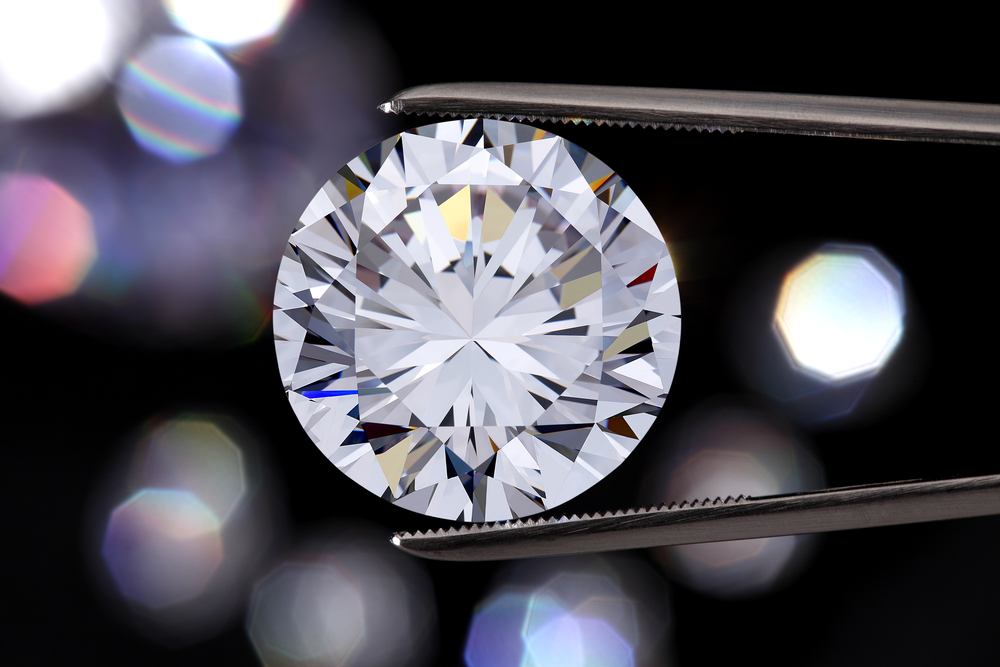
“A slightly better-than-average-quality 1-carat natural diamond was $ 6,700 a year ago, today this same diamond is selling for $ 5,300,” Paul Zimnisky, the CEO of Paul Zimnisky Diamond Analytics, told CNBC.
LUXURY JEWELRY AND THE COVID-19 PANDEMIC
The Covid-19 pandemic caused prices of watches, diamonds and jewelry to skyrocket during 2021 and 2022. Consumers were flushed with cash and spent big money on luxury items, and many of the luxury brands saw record sales and profits as a result. Bain & Company reported, “They were flush with cash from buoyant capital markets and economic stimulus programs, and eager to spend it on meaningful gifts for their loved ones,” they said.
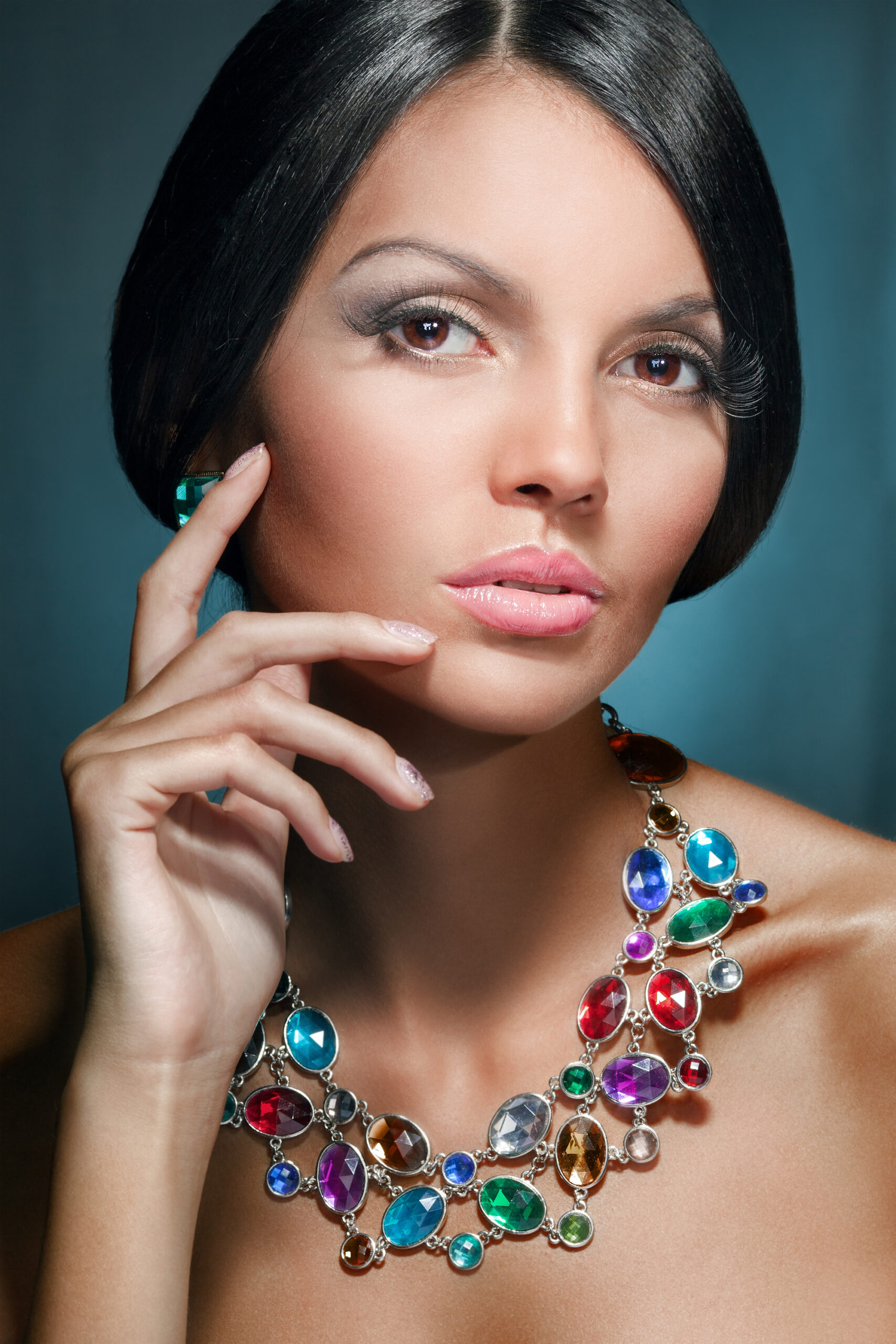
“When people could not travel or eat out, all of that excess money went into luxury goods and jewelry,” said Ankur Daga, CEO of online jeweler Angara, voted top online jeweler by Newsweek Magazine.
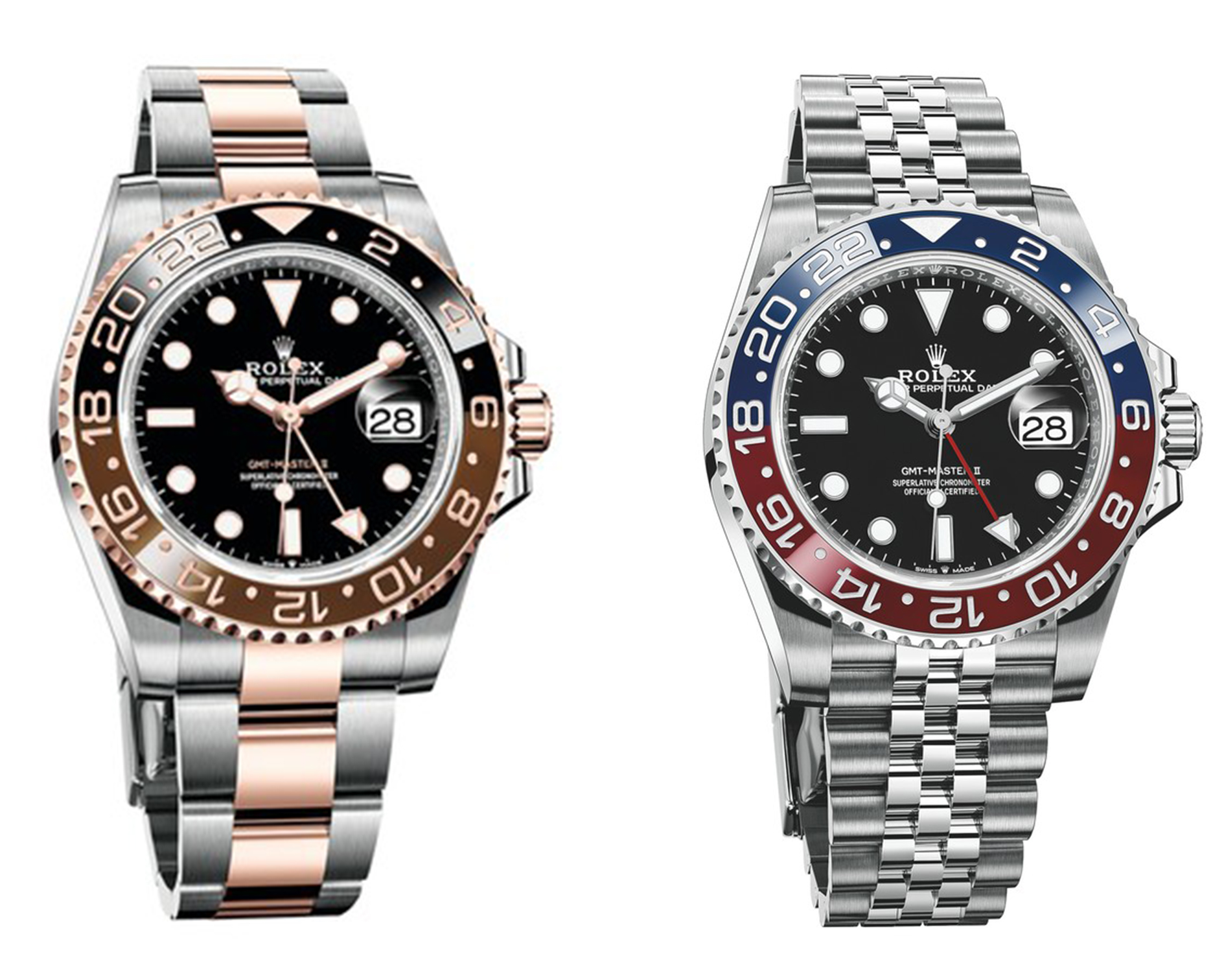
Industry experts said continued competition from man-made diamonds and a slow economic recovery have driven diamond prices back down.
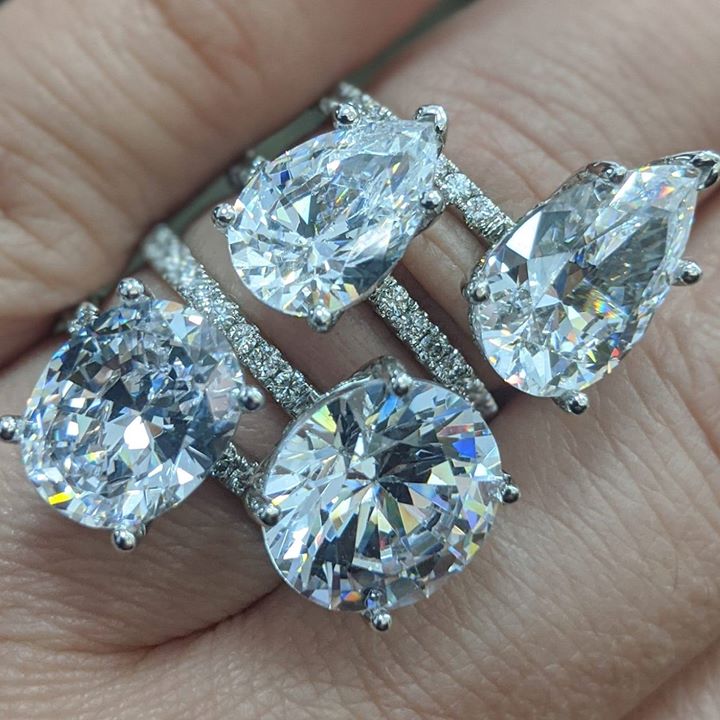
LAB-DIAMONDS FLOODING THE MARKET
Lab-grown diamonds have flooded the market, “An increasing amount of consumers are turning to lab-grown diamonds,” said Edahn Golan, CEO of Edahn Golan Diamond Research & Data. He also added that prices started high and have sunk 59% in the last three years,” making them more affordable and attainable to consumers. More customers have embraced man-made diamonds as a eco-friendly alternative to mined diamonds. It is estimated that 1 in 3 engagement rings now sold in the US has a lab-grown diamond center stone.
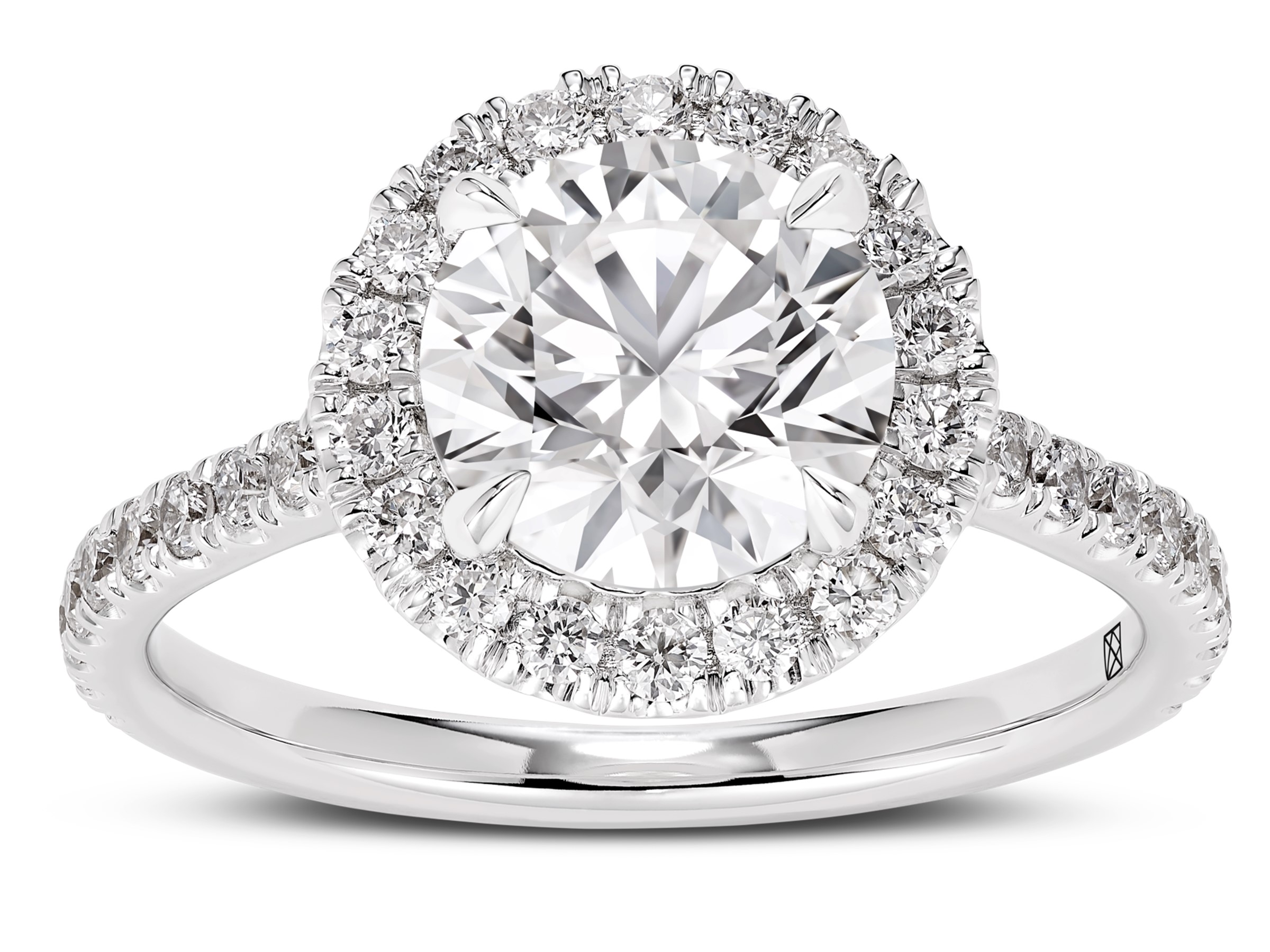
“The share of lab grown diamond sales versus natural diamonds is rising. In 2020, they were just 2.4%. In 2023 to date they are already up to 9.3%,” Golan said.
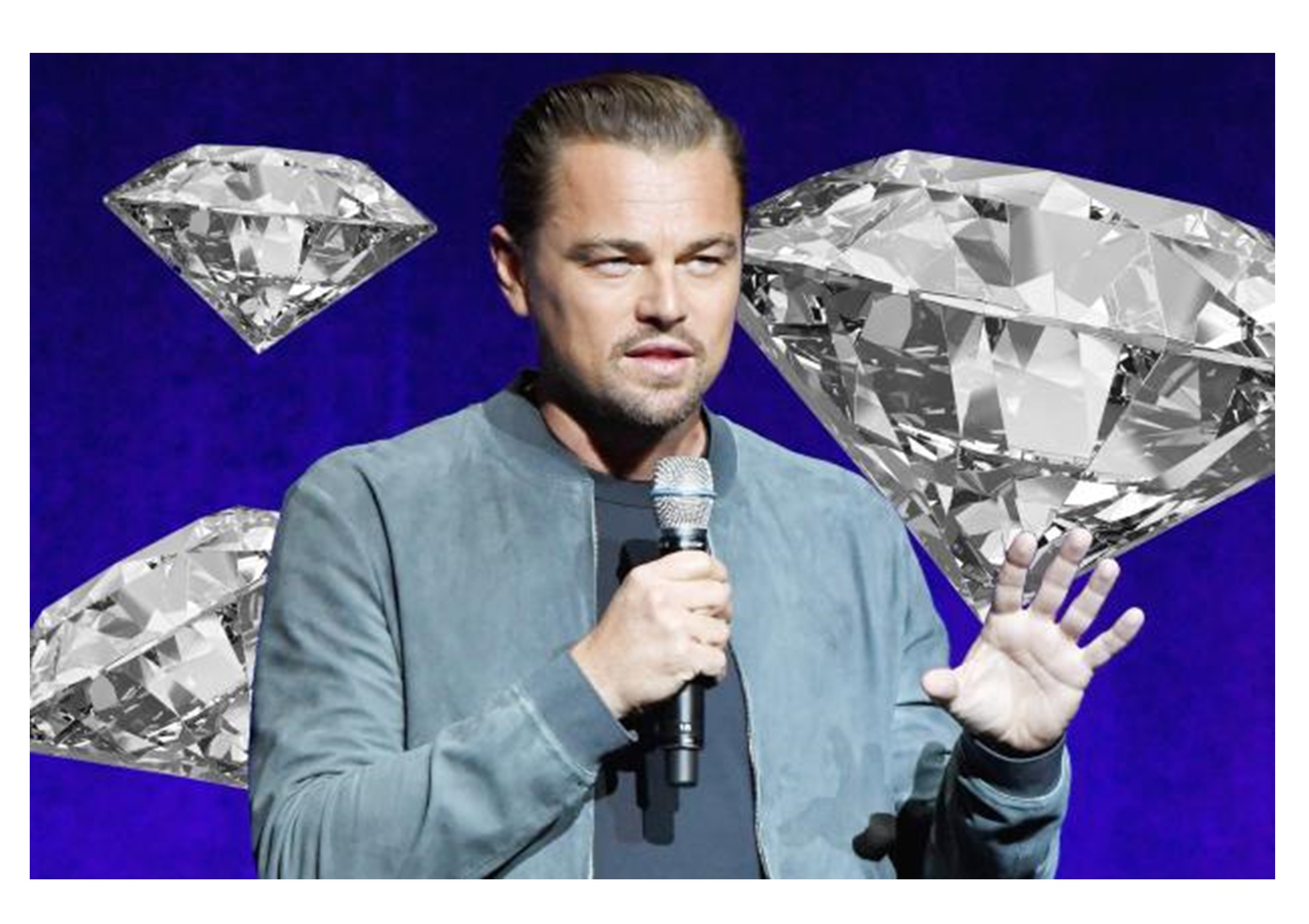
Lab-grown diamonds are indistinguishable over mined diamonds. “If I can get a bigger diamond for the same price, why not?” said Jonathan Lok from Singapore, who proposed to his fiancee with a lab-grown diamond.
LAB-GROWN DIAMOND PRICES FALLING
Prices of lab-grown diamonds have been “nosediving,” said Edahn. “There is room for continued price declines, and that is a very likely scenario, especially since retailer margins for lab grown diamonds are especially high, around 60% compared with 34% for natural diamonds,” said Golan.
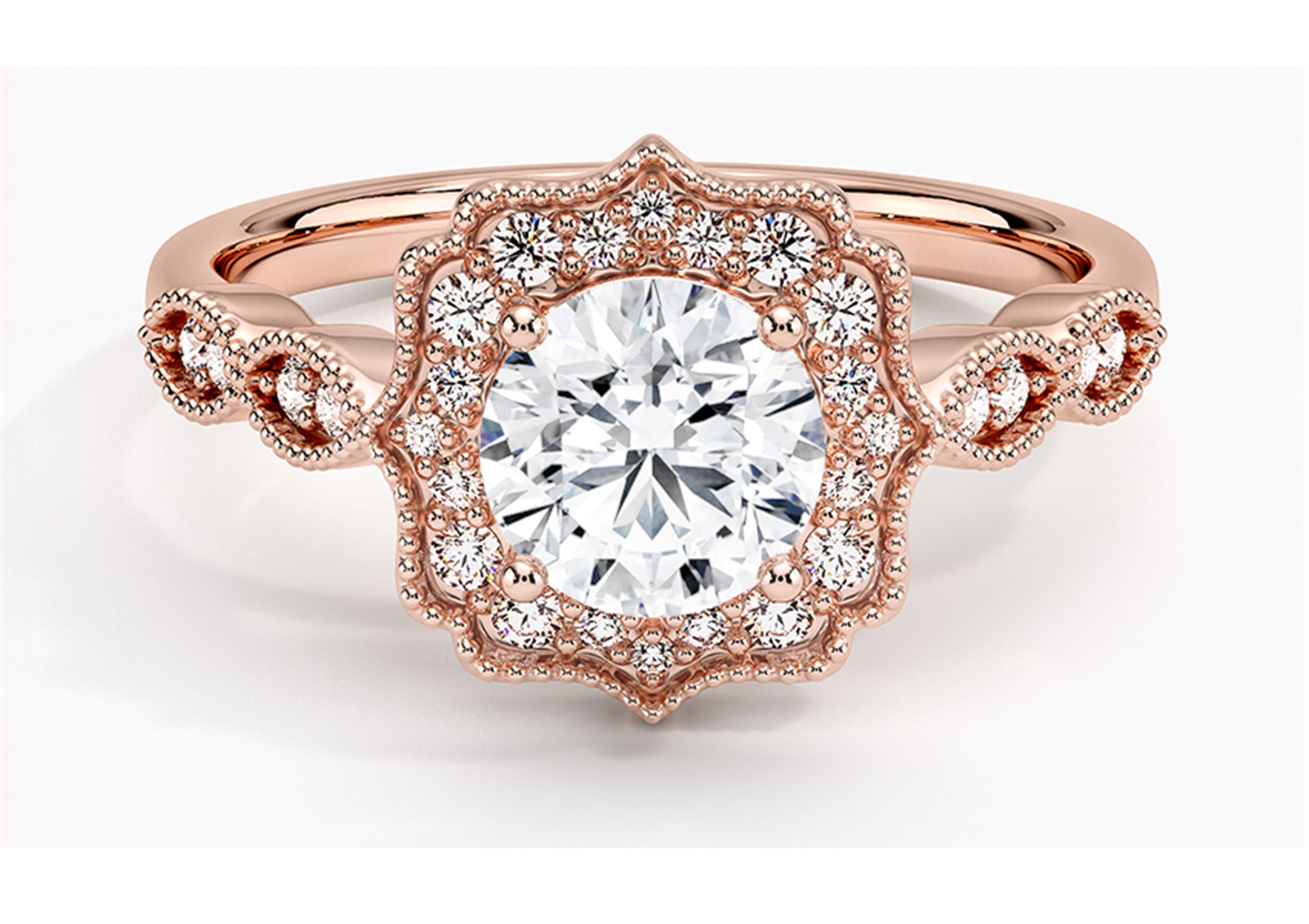
CNBC reported “Three years ago, you would be able to buy a lab grown equivalent 20% to 30% off of the natural price. Now it’s anywhere between 75% and 90% off natural prices, Daga said, attributing the cheaper prices to machines becoming more efficient in producing more man-made diamonds. Daga expects prices to drop further after a natural floor is hit.”
“Labor costs have been going up still, and labor is still a very critical part of producing the diamond. So there is a natural floor somewhere,” Daga said, adding that a flatline will follow after a 25% drop.

RUSSIAN DIAMOND CONNECTION
Russia is the world’s largest producers of diamond, followed by Botswana and the Democratic Republic of Congo, according to the Diamond Registry.
Earlier in May, the G7 economies convened a discussion on imposing sanctions on Russian diamonds, with the United Kingdom taking the lead in sanctioning Russia’s state-owned company Alrosa.
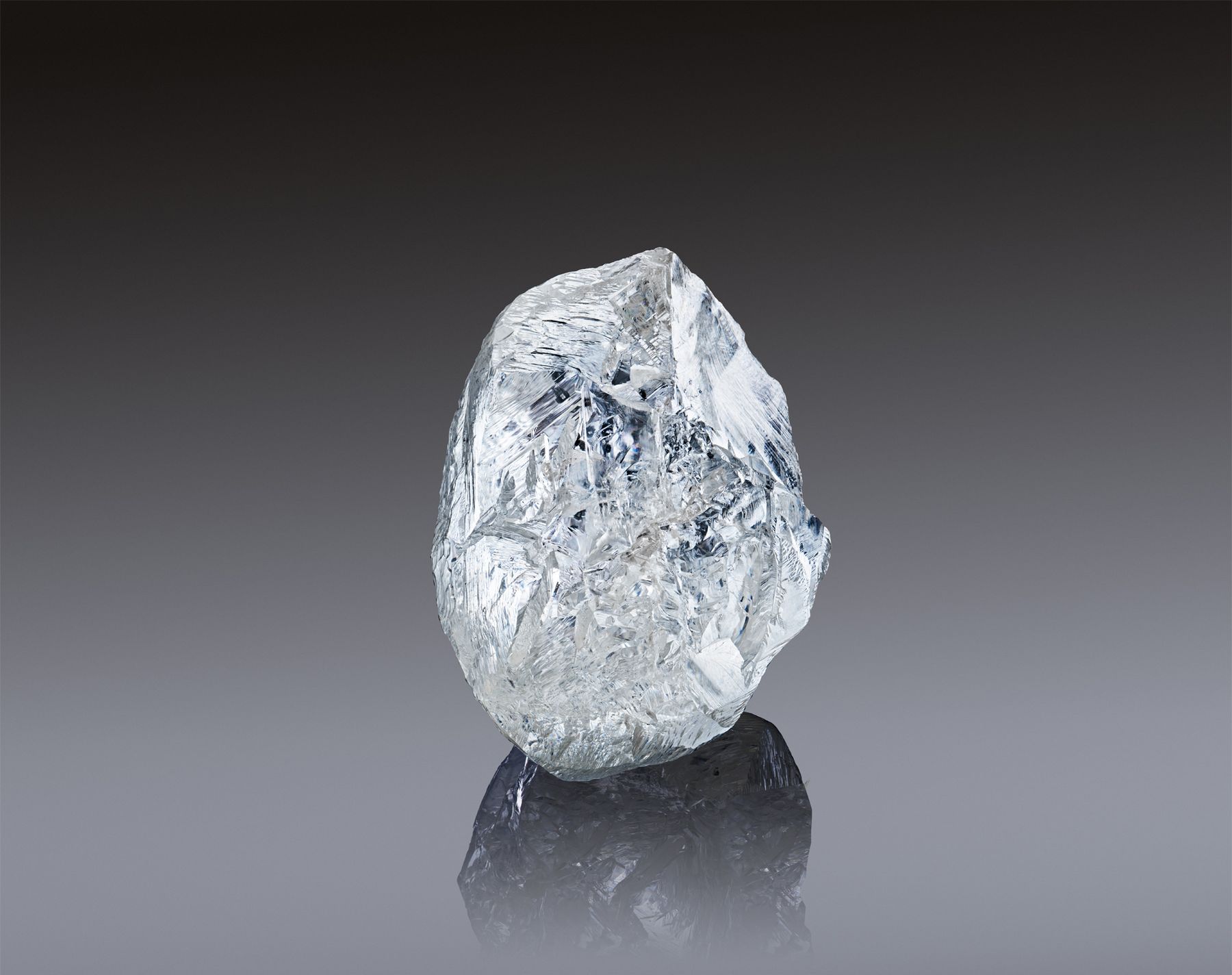
Paul Zimnisky told CNBC, “The Russians have ramped up diamond sales in recent months in an attempt to claw back market share lost last year following the disruption in trading.”
“Countries like India, UAE, and even the EU, didn’t place sanctions on rough diamond imports. So again, no real shortages,” he said.
India is the world’s top diamond importer, with the U.S. coming in second, followed by Hong Kong, Belgium and the UAE.

























